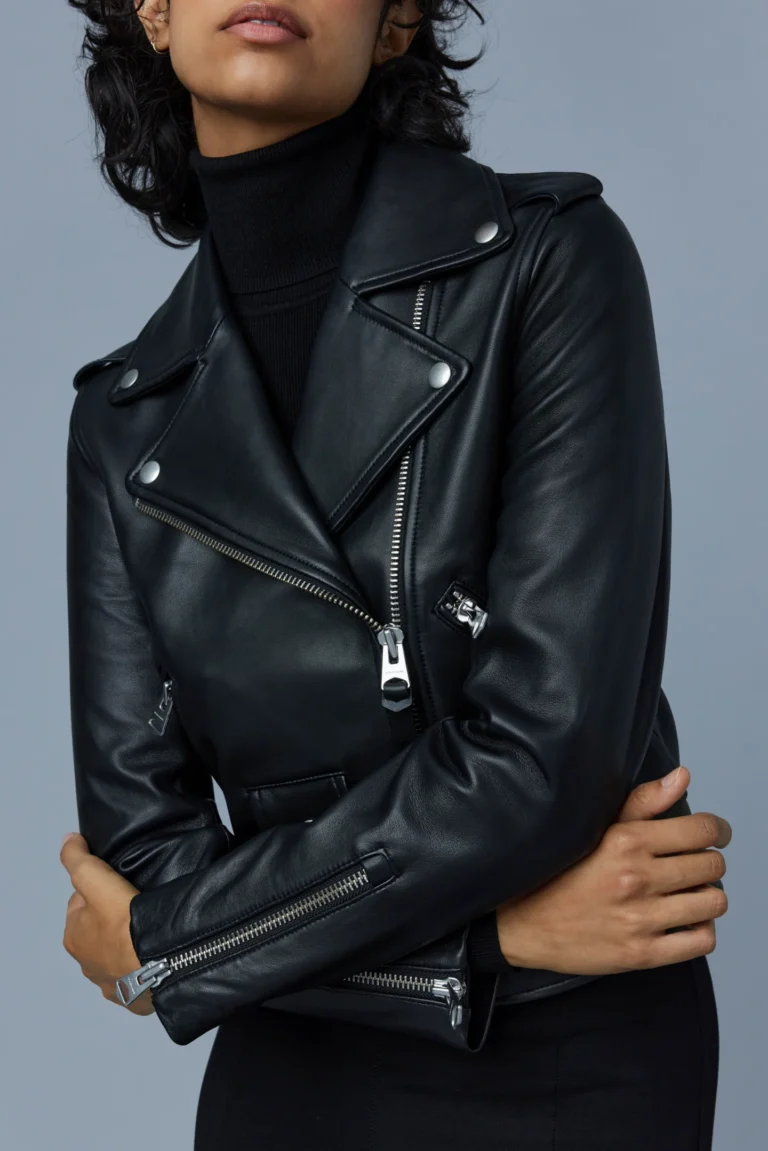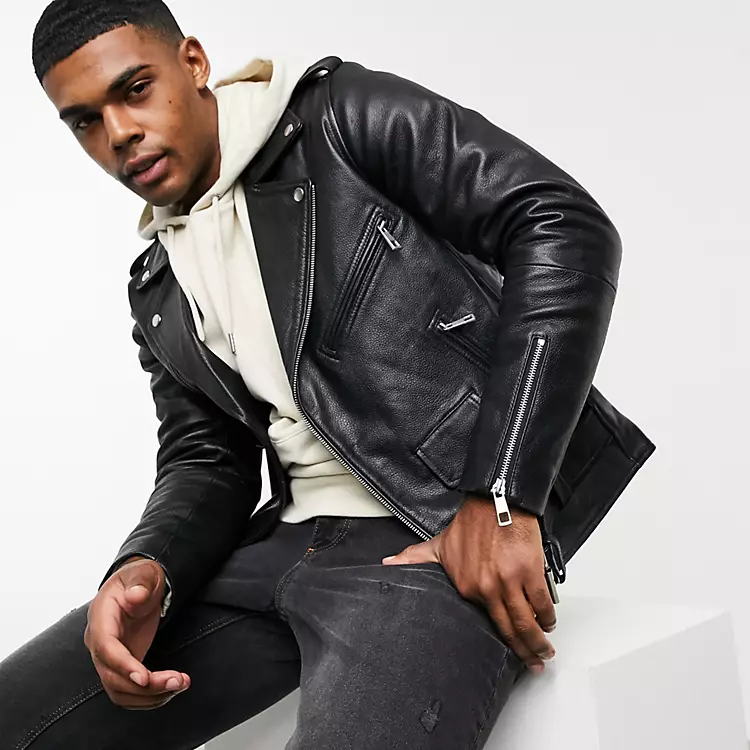How Should a Biker Jacket Fit?
Understanding the Importance of Fit
When it comes to biker jackets, achieving the perfect fit is not merely a matter of aesthetics; it is a critical factor that directly impacts comfort, mobility, and safety. A well-fitted biker jacket ensures that you can move freely while riding, which is crucial for maintaining control of your motorcycle. It should allow for a full range of motion in your arms and shoulders, as any restriction can lead to fatigue and impaired handling. The right fit also minimizes air resistance and reduces the risk of the jacket flapping in the wind, which can be both distracting and uncomfortable.
Safety is another paramount concern. A properly fitted biker jacket provides protection against abrasions and impacts in the event of an accident. Loose jackets can shift upon impact, exposing areas of the skin and diminishing the protective capabilities of the jacket. Conversely, a jacket that is too tight can restrict blood flow and cause discomfort, which can be distracting and potentially dangerous during long rides. Therefore, the balance between a snug yet comfortable fit is essential for both safety and riding efficiency.
Style and functionality must also be balanced. While a biker jacket is undeniably a fashion statement, its primary purpose is to serve as protective gear. Different body types require different considerations for fit. For instance, individuals with broader shoulders or a larger chest may need a jacket with more room in the upper body, while those with a slimmer frame might prefer a more tailored cut. It is important to try on several jackets to determine what fits best, taking into account your unique body shape and riding habits.
Moreover, personal riding habits and conditions play a significant role in selecting the right fit. For riders who frequently embark on long journeys or ride in varying weather conditions, additional layering may be necessary, which should be considered when choosing the jacket size. By prioritizing both comfort and protection, riders can ensure a safer and more enjoyable riding experience.
Key Areas to Evaluate for Perfect Fit
When determining the perfect fit for a biker jacket, several key areas must be evaluated to ensure both comfort and functionality. These critical regions include the shoulders, chest, arms, waist, and length of the jacket. Each of these areas plays a significant role in achieving an optimal fit, especially when considering the unique demands of motorcycle riding.
Shoulders
The shoulders are fundamental to a good fit. The seams of the jacket should align precisely with your natural shoulder line. If the seams extend beyond your shoulders, the jacket is too large and may cause discomfort or restrict movement. Conversely, if the seams are too short of your shoulders, the jacket is too small, limiting arm movement.
Chest
The chest area should offer a snug fit without being overly tight. A well-fitting biker jacket should allow you to move freely while ensuring the jacket does not billow when riding. To check the fit, zip up the jacket and ensure there is no excessive pulling or stretching across the chest. It should feel secure but not constricting.
Arms
Sleeve length is crucial for protecting your wrists and arms. The sleeves should cover your wrists completely without extending over your hands. When you extend your arms as if gripping handlebars, the sleeves should still cover your wrists adequately. This ensures protection while riding and avoids excessive sleeve movement.
Waist
The waist of the jacket should fit snugly around your midsection. Many biker jackets come with adjustable waist straps or belts, allowing for a customized fit. A proper fit at the waist helps minimize wind penetration and keeps the jacket securely in place during rides.
Length
The length of the jacket is also important. It should be long enough to cover your lower back when seated on a motorcycle but not so long that it restricts movement. A good measure is for the jacket to fall just below the beltline when standing upright.
When assessing the fit of a biker jacket, it is beneficial to adopt a riding stance, either by sitting on a motorcycle or mimicking the position. This helps in evaluating how the jacket will perform during actual use, ensuring that all critical areas provide the necessary comfort and protection.
Incorporating these guidelines will help you find a biker jacket that not only fits well but also enhances your riding experience by providing the necessary comfort and protection.
Material Considerations and Their Impact on Fit
When selecting a biker jacket, the material plays a crucial role in determining its fit, comfort, and functionality. Various materials such as leather, textile, and mesh offer distinct characteristics that can significantly affect how a jacket conforms to the body over time.
Leather is a popular choice for biker jackets due to its durability and classic aesthetic. It is known for its ability to stretch and mold to the body, providing a custom fit with prolonged wear. Over time, a leather jacket will soften and become more comfortable, making it essential to consider the initial tightness, as it will eventually give way. Breaking in a new leather jacket can be facilitated by regular wear, allowing the material to adapt to the wearer’s shape while maintaining its protective qualities. Furthermore, leather offers excellent wind resistance and moderate breathability, making it suitable for various weather conditions.
Textile biker jackets, often made from synthetic fibers like nylon or polyester, offer a different set of advantages. These materials are generally more breathable than leather, which can enhance comfort during warmer rides. Textile jackets often come with waterproof or water-resistant properties, making them ideal for wet conditions. The fit of textile jackets may not change as dramatically over time compared to leather, but they do offer flexibility and are typically lighter in weight. This makes them a versatile option for riders who prioritize comfort and adaptability.
Mesh jackets are designed with breathability in mind, making them an excellent choice for hot weather riding. Constructed from highly ventilated materials, mesh jackets allow for maximum airflow, keeping the rider cool. However, mesh does not conform to the body as leather does and may offer less protection in the event of a fall. Therefore, they are best suited for low-risk riding environments and short commutes.
In addition to the primary material, linings and padding significantly influence a jacket’s fit and comfort. Linings can add an extra layer of insulation, while padding provides additional protection at critical impact points. Both elements should be considered in the context of the jacket’s overall fit and the specific riding conditions anticipated.
Tips for Finding the Right Size
Determining the correct size for a biker jacket is crucial for both comfort and functionality. Accurate measurements are the foundation of finding the perfect fit. Begin by measuring your chest, waist, arms, and back length. Use a flexible tape measure and ensure it is snug but not too tight. For the chest, measure around the fullest part, typically under the armpits and across the shoulder blades. The waist measurement should be taken at the natural waistline, while the arm length is measured from the top of the shoulder to the wrist. Lastly, the back length is measured from the base of the neck to the waistline.
Interpreting size charts can be challenging as sizing varies significantly between brands. Always refer to the specific brand’s size chart and compare your measurements accordingly. If you fall between sizes, consider the type of fit you prefer. A snug fit is recommended for enhanced protection and reduced wind resistance, while a slightly looser fit may be more comfortable for layering riding gear underneath.
Trying on multiple sizes and styles is essential to find the best fit and comfort. When trying on jackets, wear a base layer or your usual riding gear to get a realistic idea of how the jacket will feel during rides. Pay attention to how the jacket fits across your shoulders, chest, and waist. Ensure there is enough room for movement, especially in the arms and shoulders, without excessive bulk.
For the best shopping experience, consider visiting specialty stores where you can try on various styles and receive expert advice. Online retailers often provide detailed size guides and customer reviews that can be helpful. Additionally, some brands offer custom fitting options, allowing you to get a tailored fit that perfectly matches your measurements.



